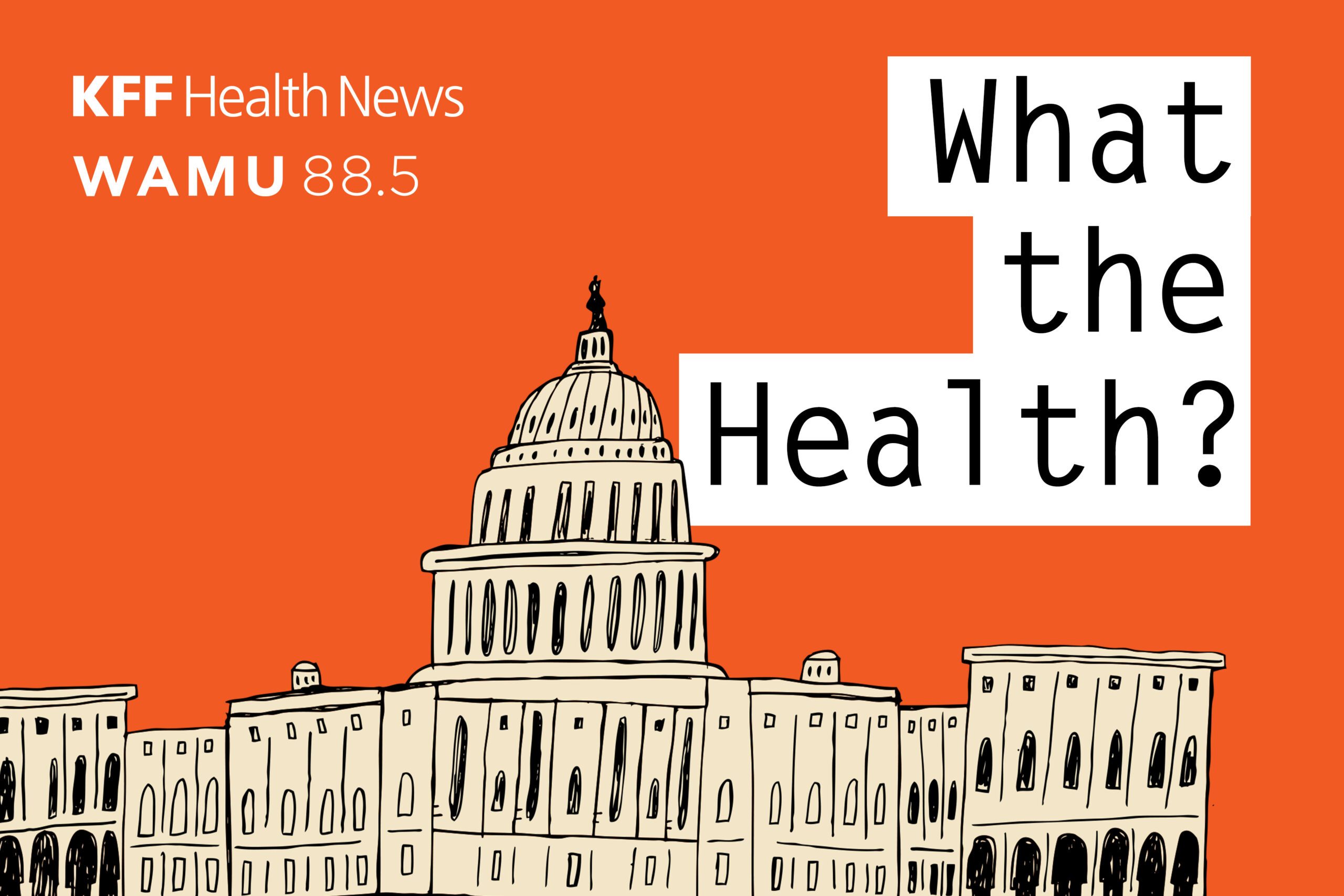
By Seth Millstein, Sentient Media
Where are the Dietary Guidelines for Americans? Health and Human Services Secretary Robert F. Kennedy Jr. said earlier in the year that the document, which guides millions of dollars in federal spending every year, would be released before August. But it’s now almost September, and there’s no sign of the new dietary guidelines.
Christopher Gardner, a member of the committee that drafts the DGA, tells Sentient that he and his team were “completely ghosted” by the Department of Health and Human Services after handing over their recommendations, and that the agency hasn’t communicated anything about its process to committee members.
“No one will tell us the name of a person who’s working on it,” says Gardner, who also serves as the Rehnborg Farquhar Professor of Medicine at Stanford University. “It’s a black box. We have no idea.”
Sentient has reached out to the USDA and HHS for comment on this article, but neither agency has replied.
The dietary guidelines are issued jointly by the USDA and Department of Health and Human Services. Federal law requires the government to release an updated version every five years, and it serves a dual purpose: To advise everyday Americans on how to adopt a healthy diet, and to guide the federal government’s various food programs, such as the National School Lunch Program and SNAP. In total, the guidelines influence over $40 billion in federal spending every year.
The most recent advisory committee for the guidelines was assembled during the Biden presidency, and delivered its report to USDA and HHS in 2024. The report advised replacing red meat with plant-based protein, and specifically, for the new guidelines to move beans, peas and lentils, all of which are legumes, from the “vegetables” food group into the “protein” food group, and in general, to promote those three foods as viable sources of protein.
One reason the advisory committee recommended this, Gardner says, is because legumes are rich in fiber as well as protein, and Americans are much more likely to be deficient in fiber than in protein.
“There might be a few people who are short on protein, and three quarters of the population is short on fiber,” Gardner says. “When they go for the meat, they’re getting no fiber.”
The decision was also motivated by research showing that legumes and other plant-based sources of protein are not linked to cardiovascular disease in the way that high rates of red and processed meat consumption is, Gardner says.
In April, however, Kennedy indicated that he’ll be disregarding the committee’s report, and will craft the new guidelines from scratch. Shortly thereafter, 134 physicians signed an open letter to Kennedy and Rollins urging them to implement the changes that the advisory committee recommended regarding legumes.
In explaining his decision, Kennedy called the committee’s recommendations “unreadable” and “a political document.” Although he didn’t cite any specific objections, Gardner suspects that the secretary may have soured on the report because it didn’t explicitly advise against ultraprocessed foods (UPFs), which is a pet issue of Kennedy’s.
“I think he saw that, and that pissed him off — like, ‘ahh, big industry must have funded this,’” Gardner speculates.
There are a number of reasons the committee didn’t advise Americans to stop eating UPFs, Gardner says. He points out that while many ultraprocessed foods are indeed unhealthy, there are some exceptions, such as fortified refined grains. In addition, “ultraprocessed” can mean many different things, and the committee felt that more research into their effects would be needed to draw a firm conclusion on them one way or another.
Moreover, although it might be desirable to replace UPFs with non-ultraprocessed alternatives, “operationalizing that is harder than people think,” according to Gardner.
Federal dietary guidelines play a big role in determining what’s served in school lunches. Replacing all UPFs in public school lunches would be an enormous financial and logistical undertaking, because cost-effective replacements often aren’t available.
Take tomato sauce, for instance. “There are some tomato sauces that have high fructose corn syrup,” Gardner explains. “Because they have a little bit of high fructose corn syrup, they qualify as ultraprocessed. You could take the high proof high fructose corn syrup out, and there are tomato sauces without that. But they cost twice as much, and the schools wouldn’t be able to afford them.”
Kennedy and Rollins haven’t made any official statements as to what the new guidelines will include. But Kennedy’s own views on nutrition and diet are well-known, espoused by the highly energized Make America Healthy Again, or MAHA movement. The new guidelines may well reflect these views. Generally speaking, Kennedy opposes seed oils, additives, dyes, additives, fluoridated water and ultraprocessed foods. He is a proponent of raw milk, organic foods and replacing seed oils with beef tallow.
Gardner thinks that this last piece of advice is misguided, especially given that beef tallow is high in saturated fat.
“The evidence that we have is saturated fat is worse than seed oil, and the American Heart Association has had a position on this for a decade,” says Gardner, who is also a member of the aforementioned association. “Where did this fucking seed oil thing even come from? It’s like one of the weakest points you could make here, given all the evidence for seed oil and against beef tallow.”
Although Kennedy has been more outspoken on his personal nutritional views than Rollins, the new federal guidelines will have to be approved by both of them before it’s released.
Kennedy has said that the new version of the guidelines will be just four pages long, a far cry from the 164-page document the USDA and HHS released five years ago. However, he also said that the new guidelines would be released before August, which hasn’t happened.
Kennedy’s focus on the length of the document has also been a source of frustration for Gardner, who points out that although the previous version was over 100 pages in its entirety, it also came with “many public, consumer-facing, five-page summaries.”
“There was plenty of material that was simple,” he says of the last version of the document.
Although neither HHS or the USDA has given any indication on when the guidelines will be released, they won’t have an unlimited amount of time: Federal law requires that they be updated every five years, or by December 31st of this year.
This article originally appeared in Sentient at https://sentientmedia.org/dietary-guidelines-for-americans-and-rfks-beef-with-beans/.
—
This story was originally published by Sentient.
***
If you believe in the work we are doing here at The Good Men Project, please join us as a Premium Member today.
All Premium Members get to view The Good Men Project with NO ADS.
Need more info? A complete list of benefits is here.
—
Photo credit: unsplash
Disclaimer: This story is auto-aggregated by a computer program and has not been created or edited by healthlydays.
Publisher: Source link












